#medieval bestiary art
Text

Collectable woodblock prints commemorating individual conquests were commonplace in the theocracy, distributed by the church as a way to announce its victories.
get a print here :>
#setting: mez#just wanted to draw something mindless & fun tonight. what's up#medieval bestiary art#fantasy worldbuilding#pantera got the final blow in with aid from the other pictured beests
3K notes
·
View notes
Text


les animaux de l'histoire
896 notes
·
View notes
Text

drew some medieval marginalia for our discord challenge
#creature design#fantasy art#monster design#monster art#demon#imp#medieval bestiary#medieval marginalia#medieval#illlustration#ollyneanderthal art
2K notes
·
View notes
Text
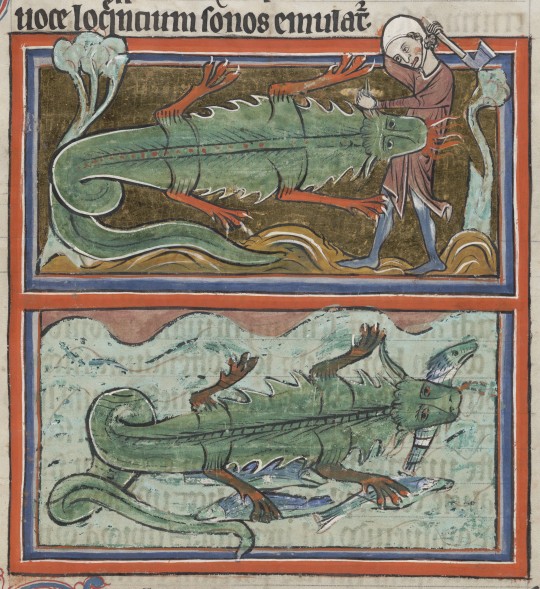
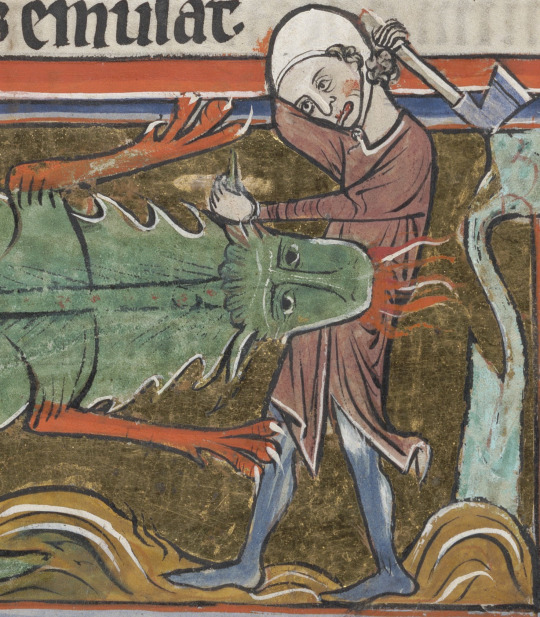
crocodile attacking a man and devouring fishes
in the 'bodley bestiary', english, c. 1226–1250
source: Oxford, Bodleian Library, MS. Bodl. 764, fol. 24r
735 notes
·
View notes
Photo
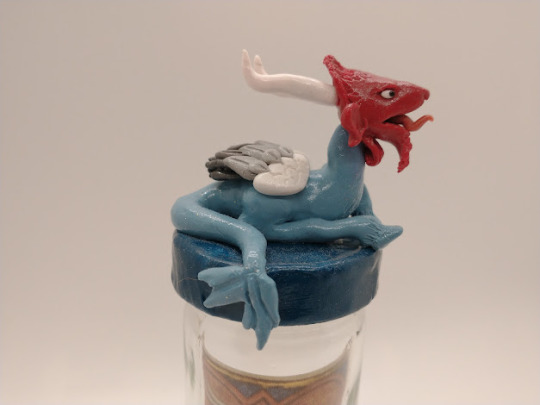


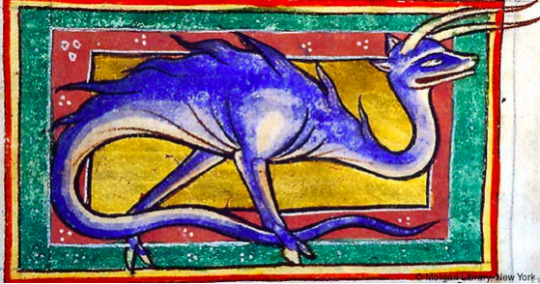

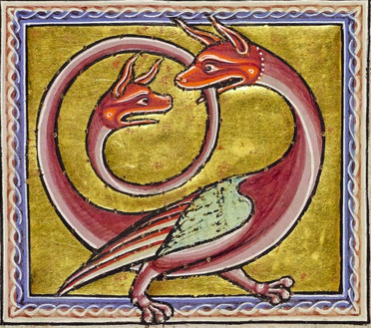
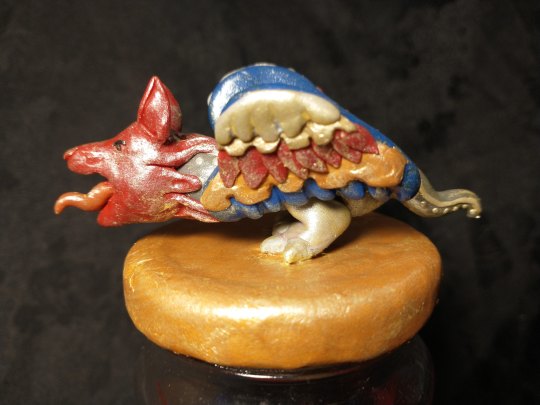
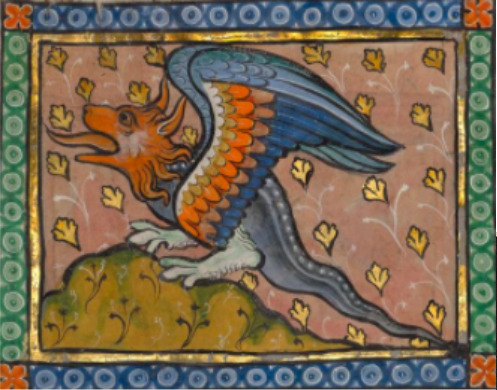




I’ve been having fun sculpting creatures from medieval manuscripts
#medieval bestiary#bestiary#illuminated manuscript#medieval art#cockatrice#dragons#mythical creatures#my art
3K notes
·
View notes
Text

Something a bit different than what I normally do, but I hope you all still like it.
I was inspired by the ornate tapestries of the Medieval period, one of favorites being “The caged unicorn” So this is my very subtle homage to it.
#the caged unicorn#unicorn#qilin#kirin#concept art#creature design#bestiary#magic the gathering#dungeons and dragons#digital art#dragon#fantasy#fantasy art#drakes#mythological creatures#medieval#medievalart#asia#japanese mythology#chinese mythology
580 notes
·
View notes
Text

[Two Creatures; The Greater Unicorn, and The Helmine Displacer Beast. Rarely are they seen crossing paths.]
Edit: Updated the image cuz I accidentally uploaded the version without the cats 6 limbs smh
4K notes
·
View notes
Text


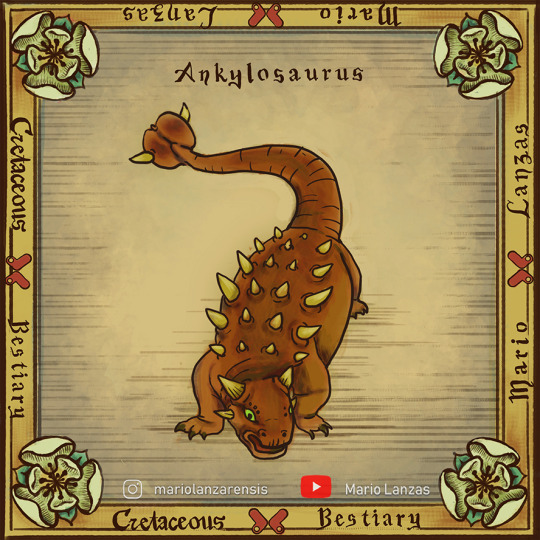

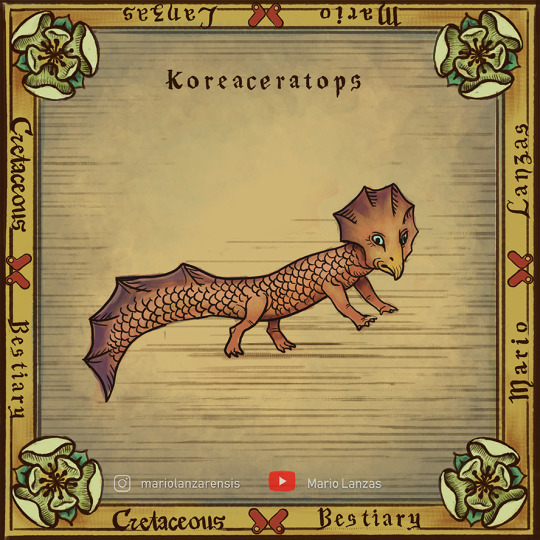

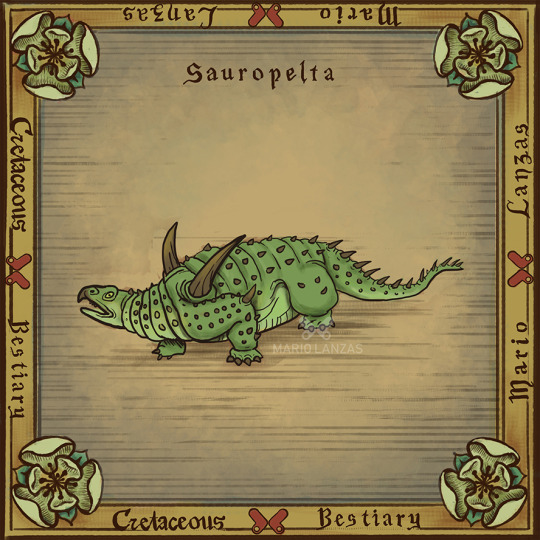



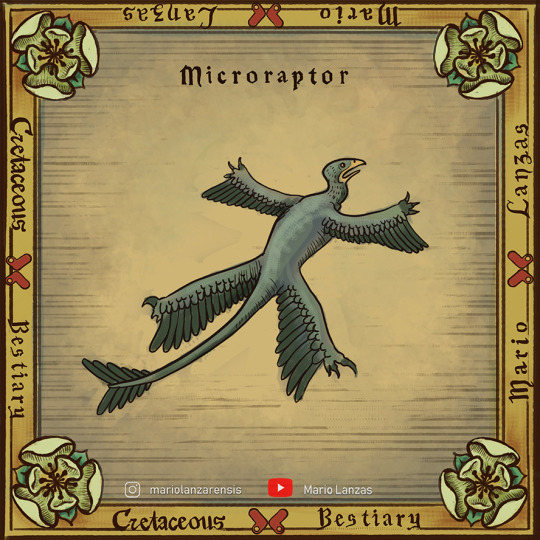
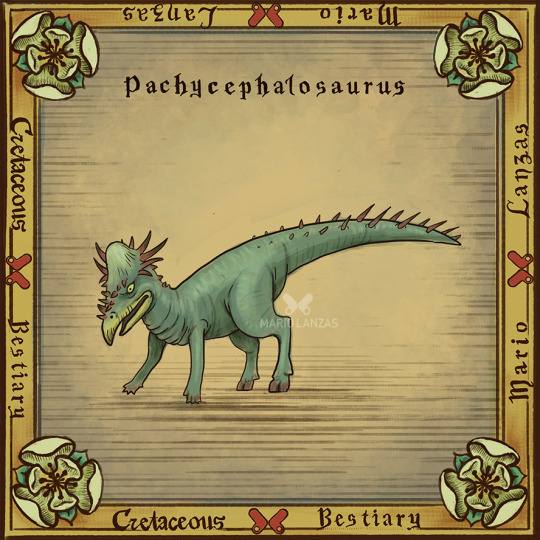


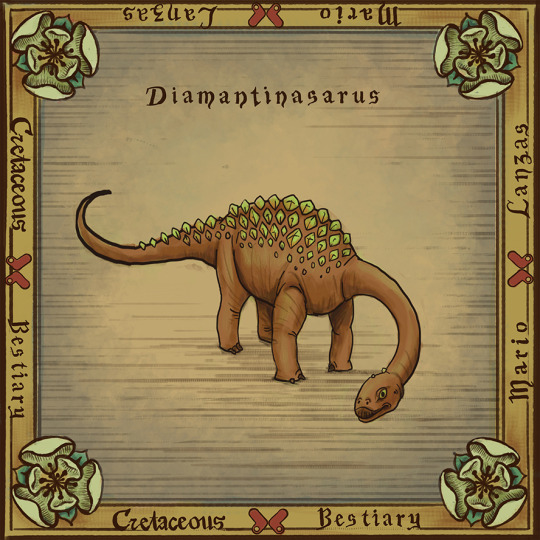

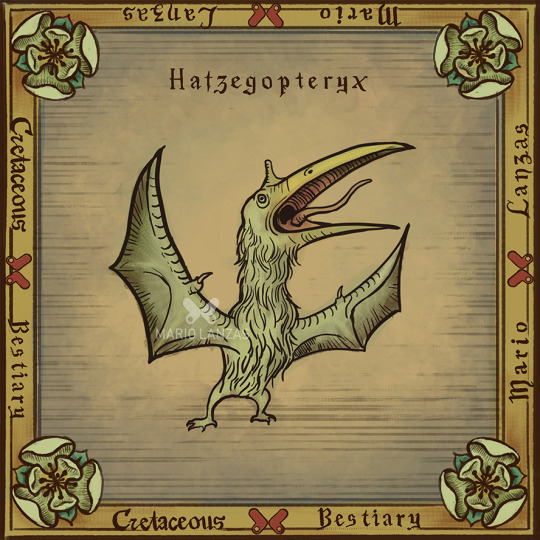

CRETACEOUS BESTIARY. (individual cards version)
Dinosaurs and other prehistoric animals of the Cretaceous Period stylized as a medieval Bestiary. some of these are available at Redbubble for prints, t-shirts and more
___
Youtube channel
Instagram
Prints and more paleoart merch
150 notes
·
View notes
Text
For #WorldHoneyBeeDay 🐝 here are two golden illuminations from a pair of famous early 13th c. English bestiaries:
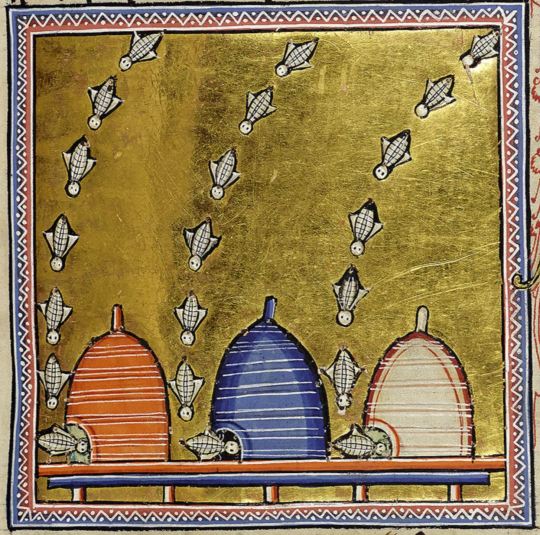
Aberdeen Bestiary, Univ. Lib. MS 24 f.63r
Aberdeen University Library
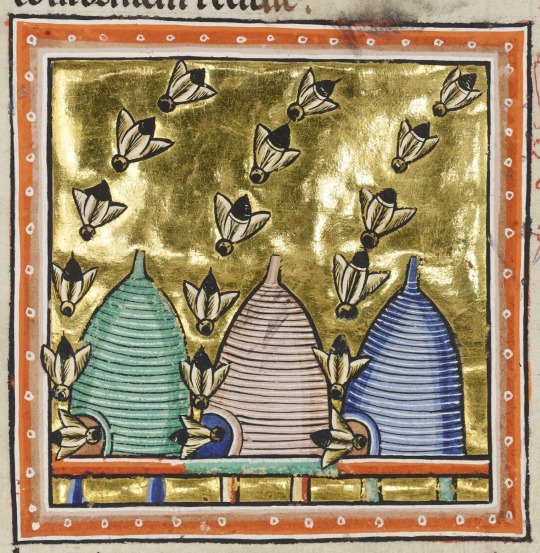
Ashmole Bestiary, MS Ashmole 1511 f.75v
Bodleian Libraries
#bee#bees#honeybee#honeybees#honey bee#honey bees#beehive#apiary#medieval art#English art#European art#bestiary#medieval manuscript#illuminated manuscript#illustration#gold leaf#Ashmole Bestiary#Aberdeen Bestiary#Bodleian Libraries#Aberdeen University Library#World Honey Bee Day#animal holiday#animals in art#book art
504 notes
·
View notes
Text
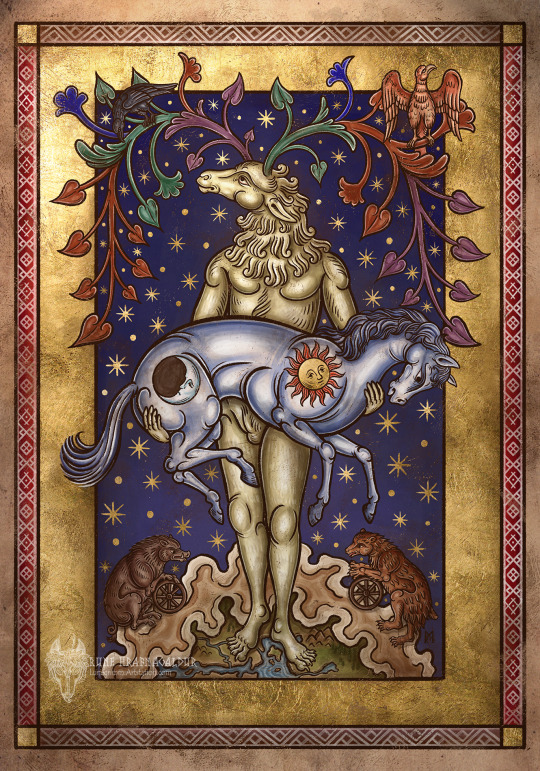
"Skyforger"
Starting the new year in a good way by finishing a new personal piece!
Happy 2024 to all of you!
#art#illustration#digtial art#digital drawing#lunegrimmart#artists on tumblr#medieval#medievalart#historic#historic art#manuscript#bestiary#beast#illuminated manuscript#illumination#stag#antlers#leaves#humaniod#anthro#god#vines#nature#sky#sky god#night sky#sun#moon#horse#universe
157 notes
·
View notes
Text

Bestiary🦁🐴🐔
Finally drawing the thing I want to draw for a long time which is renaissance black armor angel and the questing beast! and they're all friend:)
(sketch and inspiration below)

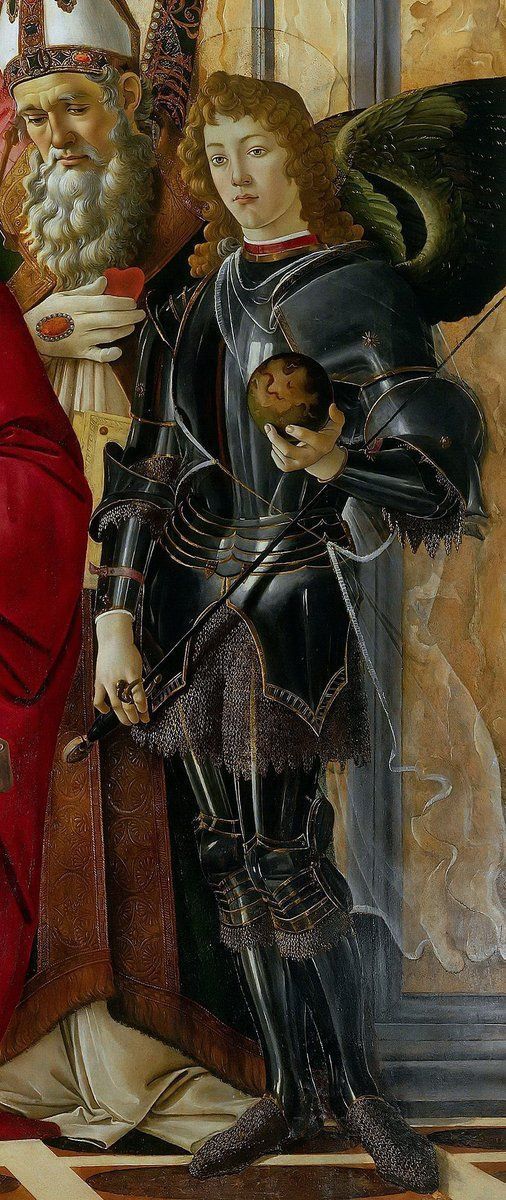

#medieval fantasy#angels#my art#illustration#artists on tumblr#basilisk#unicorn#chimera#questing beast#spend time reading medieval bestiary then vroom#feels good to draw no context original art#they're in the same categories for me
134 notes
·
View notes
Photo

Hunter placing left hand on deer, stabs with knife or sword in right hand, fallen deer (stag), bleeding.
Bestiaire d'amour.
Northern Italy, ca. 1290
437 notes
·
View notes
Photo
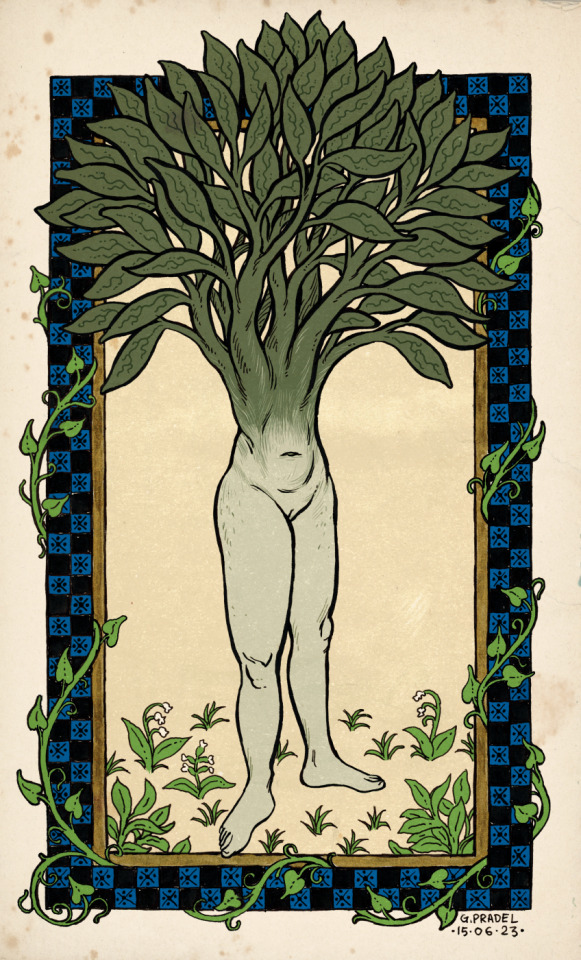


Medieval art redraw.
401 notes
·
View notes
Text

"von den wurmen" ("on worms")
illustration for the 'buch der natur' by konrad von megenberg, alsace, c. 1440
source: Stuttgart, Landesbibl., Cod. med. et phys. 2° 14, fol. 252r
#15th century#medieval art#konrad von megenberg#buch der natur#bestiary#worms#insects#spiders#frogs#snails
461 notes
·
View notes
Text



So in writing the history of identification/taxonomy chapter for The Everyday Naturalist, I spent a lot of time poring over scans and reprints of very old western European natural history books. This included a lot of medieval bestiaries, which were usually illuminated manuscripts with the colorful, stylized artwork so common from that era. It wasn't until the European Renaissance that you started seeing more of an emphasis on realistic artwork, and by the time you get to the transitional period between the late Renaissance and the Enlightenment engravings based on original drawings were very common for illustrating books on animals and plants.
A lot of the images passed around as "antique scientific illustrations" stem from the mid-17th century Historiae Naturalis written by John Jonston and illustrated by Matthäus Merian the Elder. By this point in history numerous European nations were sending ships around the globe to bring back resources, which included a significant number of natural history specimens. The sheer variety and biodiversity represented by these gave naturalists in these countries an overwhelming amount of fodder for study, classification, and publication.
However, there was still the perennial problem that not everyone writing or illustrating these seemingly exotic species could access them in person. Medieval bestiaries, and their predecessor the Physiologus, tended to mix natural history with religious allegory, and often the writers had never actually seen the species they were describing. Since they had to go on secondhand (or thirdhand, or fifteenthhand) information, things sometimes got lost in translation like a big game of Telephone. And the situation was still the same by the time Jonston and Merian were working on the Historiae Naturalis.
Which is why that venerable attempt to catalog as many of the animals in the known world as possible includes, amid pages of real animals like molluscs, deer, and bats (categorized with the birds!), you also had descriptions and engravings of six different unicorn species. Jonston did remark that he was going entirely on the word of others and cited his sources wherever he could, but it seems as though most of them were treating the unicorn as a separate beast from the rhinoceros or antelopes. (You can find a scan of the entire Historiae Naturalis de Quadrupedibus here, if you want to read for yourself.)
This is probably the last major natural history work in which unicorns and other mythical animals would be presented as equally real as flesh-and-blood animals; once the Enlightenment got into full swing, the sciences sought empirical evidence, and hearsay was generally no longer considered good enough for publication. So there's something a little charming about this text that bridges the gap between the ancient bestiaries with their blurring of fact and fiction, and the modern emphasis on chasing down the truth behind the myths.
#natural history#Historiae Naturalis#scientific illustration#antique illustration#vintage illustration#bestiaries#science#unicorns#animals#wildlife#nature#Renaissance#medieval art#medieval history#bestiary#history#art history#antique animals
75 notes
·
View notes
Text
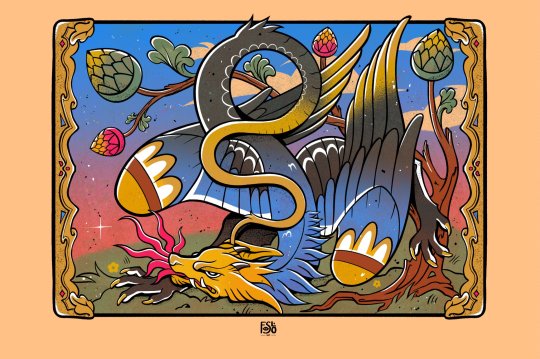


⚔️ Basilisk & Viper & Asp 🌿
A series inspired by medieval bestiaries~
__
https://instagram.com/fosloart
https://twitter.com/fosloart
#my art#digital art#medieval#medieval art#bestiary#beast#digital#dragon#serpent#foslo#Basilisk#cockatrice#illustration
575 notes
·
View notes